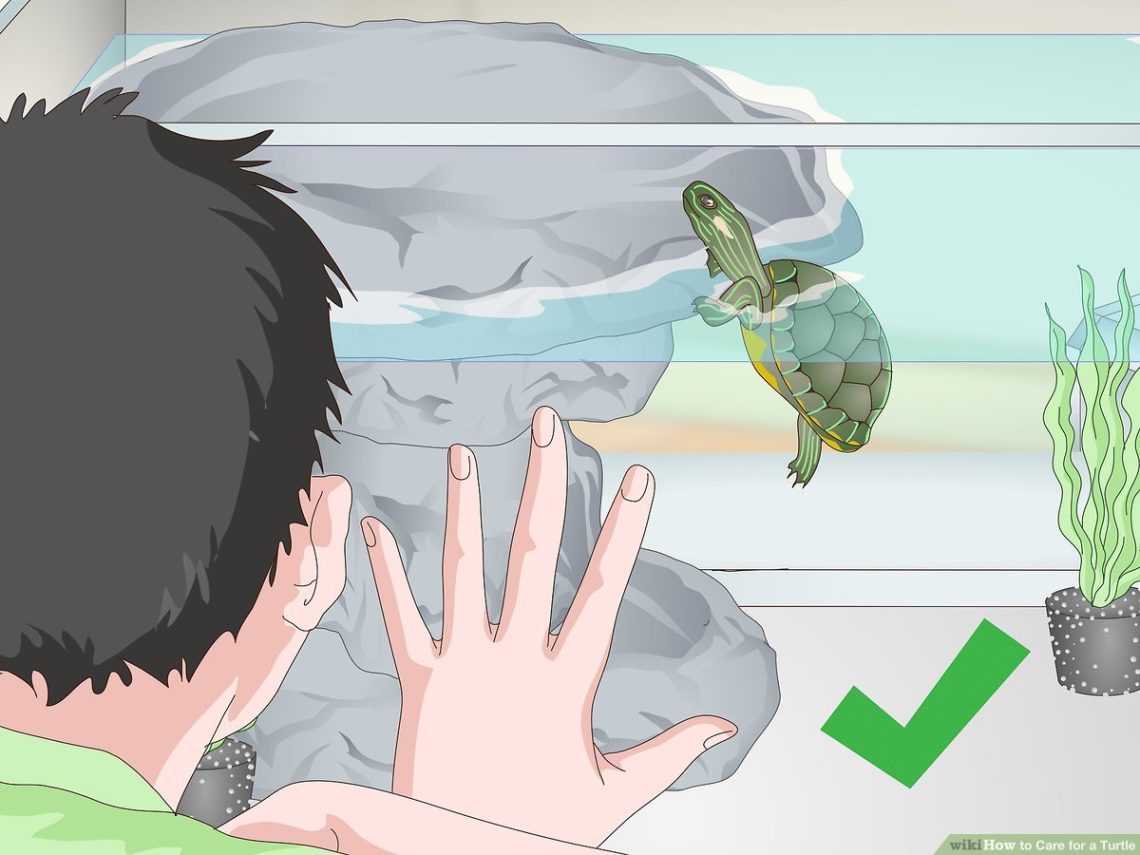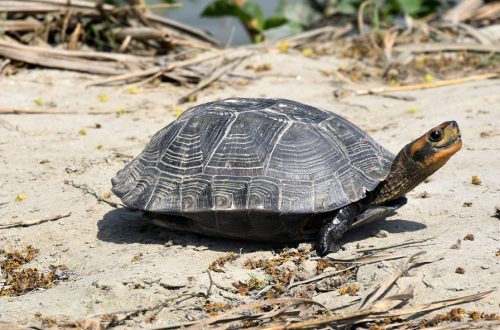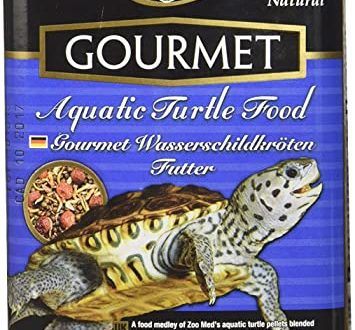
Turtle care and hygiene.
Many turtle owners are concerned about the question of how to wash and clean the turtle, cut its claws and how it is done.
Of course, it is necessary to take care of the hygiene of turtles, and in this article we will tell you the basic rules and methods for caring for a pet.
Land tortoises are either set in a shallow pond in a terrarium or bathed at least once a week. There should be about half of the shell in the bath or in the basin so that the turtle calmly holds its head above the surface. The water temperature must be maintained at 32–34 degrees. Since turtles tend to drink at the beginning of bathing, it is not advisable to add any drugs to the water, and if treatment requires it, then first put it in clean water, let it drink, and only then put it in a bath with the drug. Turtles also like to go to the toilet in water, if this is a stationary bath in a terrarium, then the water will have to be changed every day.
It is better not to use any detergents, and even more so hard washcloths and brushes. If there is dirt, they can be washed off with baby soap and a soft sponge. It is important to ensure that soap does not get into your pet’s eyes and nose during washing. Bathing can take 30-60 minutes, this is quite enough. After water procedures, we wipe the turtle with a towel or paper napkins and put it in a terrarium under a lamp to prevent it from catching a cold. It is better to bathe young turtles and turtles living in nature in the tropics more often (three times a week). Do not leave the turtle just under a stream of water from a tap, very often the temperature of the water changes dramatically, hot water can come out of the tap, which will lead to severe burns.
Aquatic turtles, provided that the terrarium is kept clean, usually do not need to be washed and bathed. Again, if you need to wash off any dirt, use baby or laundry soap and a sponge, avoiding getting soap in your eyes and nose.
Often in aquatic turtles, plaque forms on the shell due to algae or salt deposits at high water hardness. For prevention, it is necessary to change the water more often, install a good filter, direct the light (heating and ultraviolet lamps) strictly to the island, pour softer water into the aquarium. If the plaque is insignificant, then, as a rule, it is not harmful to the turtle. But if the lesions are extensive, they can cause excessive molting, erosion (corrosion of the upper layer) of the shell and the addition of a bacterial and fungal infection. Against algae plaque, Lugol’s solution is well suited, against salt deposits – lemon juice. We emphasize once again that such treatments can be performed occasionally, only when absolutely necessary.
It is strictly forbidden to lubricate the shell and skin of both aquatic and land turtles with oily substances (including vitamin preparations, oils!). They clog pores, bacteria and fungal infection develop in them, vitamin preparations are easy to overdose, which will lead to hypervitaminosis, intoxication.
Molting occurs in turtles normally. In water, it flows almost imperceptibly to the owner (sometimes you can see peeling shields). If the turtle is constantly covered with a kind of spider web or has been in a state of molting for a long time, it has itching and redness of the skin, then most likely it develops a fungal infection, the animal must be treated. Your turtle will be prescribed injections of a vitamin complex and applying ointments to the lesions.
In land turtles, molting is noticeable, especially the skin. If you observe a violation of molting, redness, softening of the shell, delamination of the shields, then it is better to check in the clinic if the turtle has a bacterial or fungal dermatitis.
Another grooming question – do I need to trim my turtle’s claws and beak? This question is relevant for land turtles; aquatic turtles usually do not require such procedures. Moreover, it must be remembered that in males of many aquatic species (for example, red-eared sliders), with the onset of puberty, very long claws grow on their front paws. In nature, they serve to hold the female, but even when kept in captivity, such claws do not require shearing.
In land turtles, indeed, often the claws and beak grow excessively strong, which prevents them from walking and even eating. Most often this happens when there is a deficiency of minerals and vitamins in the feed, besides, we usually feed with soft foliage and vegetables, which does not contribute to the erasure of the beak, and the soil is very different from the natural one, which the turtle digs for days and grinds off its claws.
Nails can be trimmed with small pet clippers of the appropriate size. We cut off, trying not to touch the blood vessel (it often appears through the nail, even dark nails, where the vessel passes, look darker). Even if you touched the vessel and blood began to flow, you should not worry, cauterize with peroxide or dry potassium permanganate and press for a while with a gauze napkin. Sometimes it can take a long time to stop such bleeding, the main thing is not to panic.
The beak is trimmed with wire cutters, breaking off the regrown horn, while it is important not to touch the living tissue, not to damage the jaw. If you do not have enough knowledge and skills for this procedure, let a specialist show it to you for the first time.
This, perhaps, is all that hygiene of a turtle will require from you. It is important to keep the terrarium or aquaterrarium clean, properly maintain and feed, then the turtle will be clean, neat and healthy.





